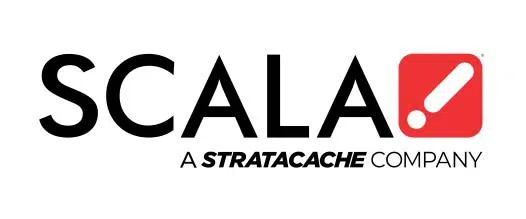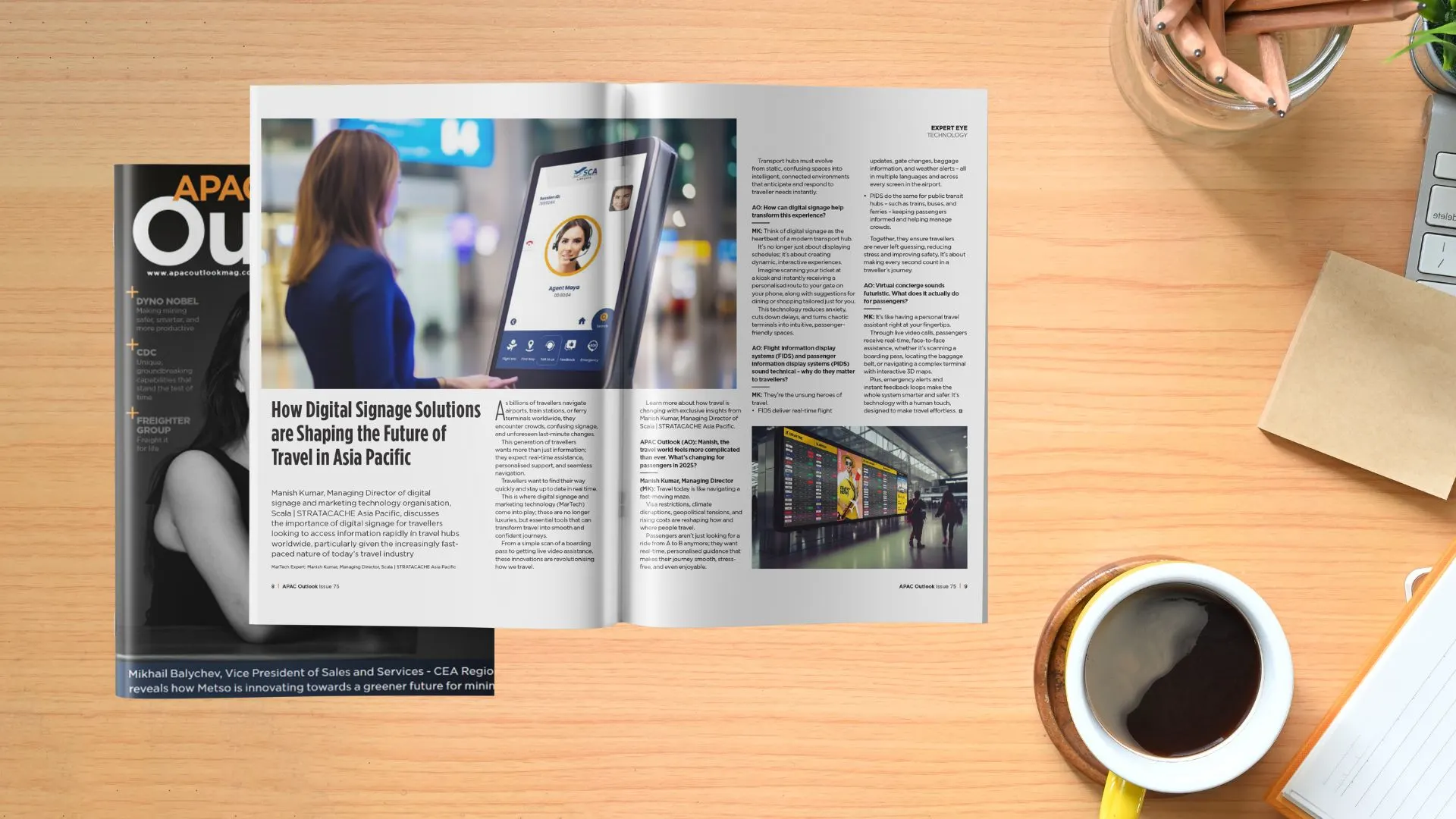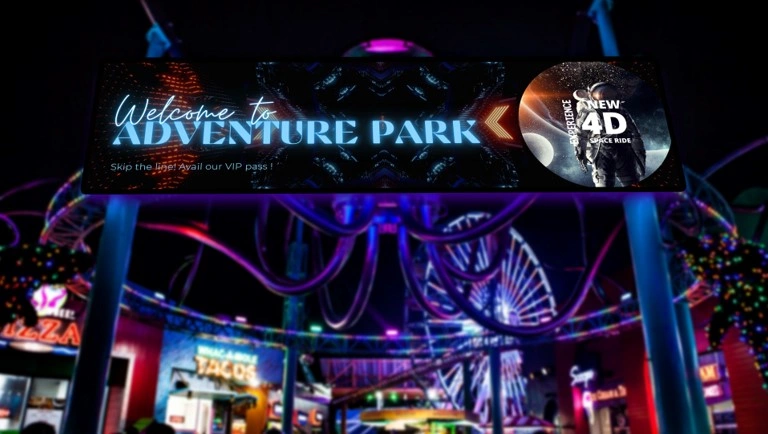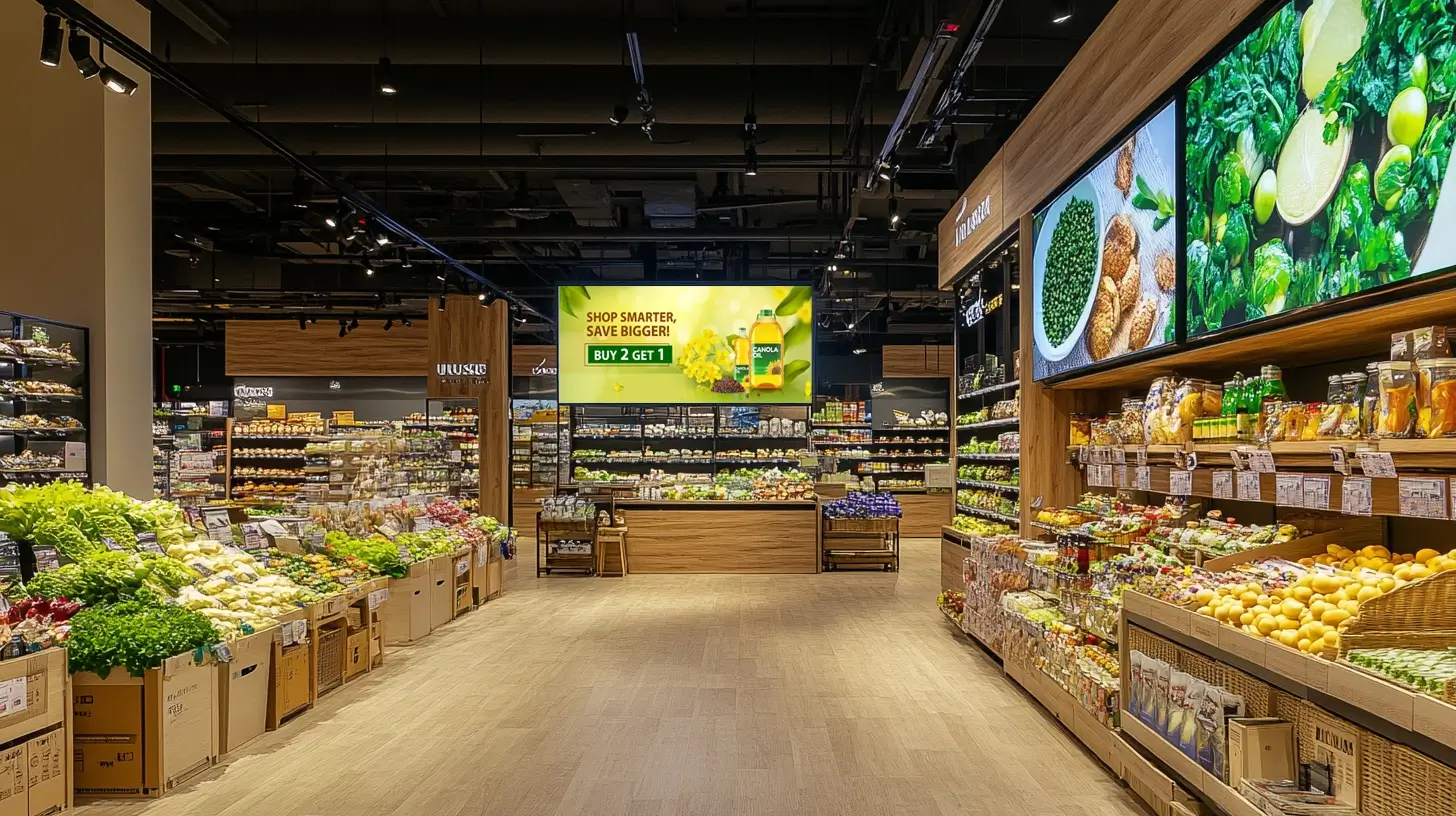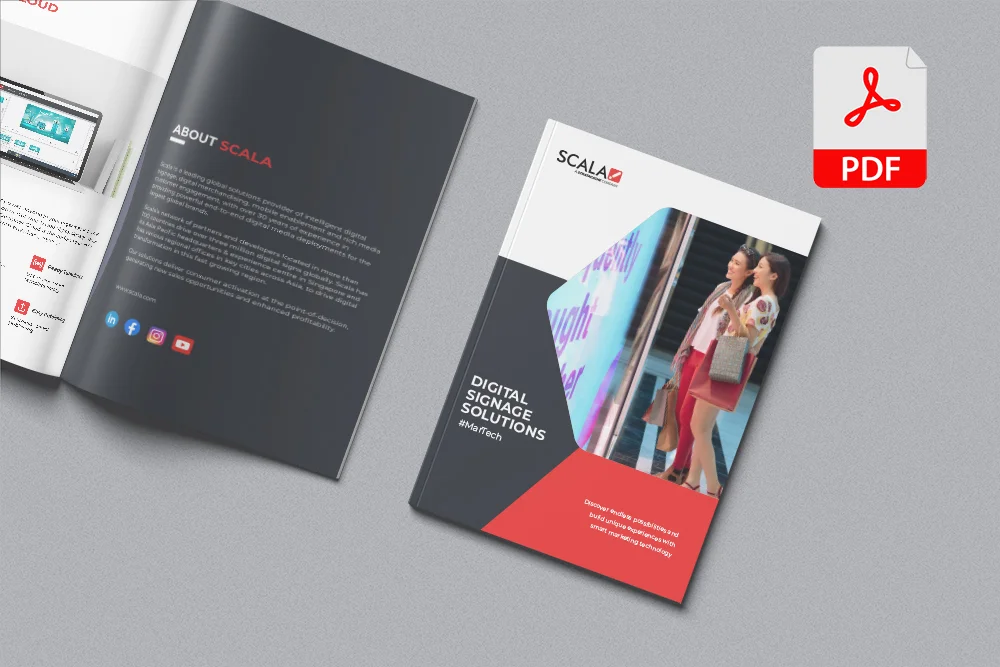How Digital Signage Supports Your Marketing Strategy
by Esther Chew
How Digital Signage Supports Your Marketing Strategy
by Esther Chew
When it comes to your marketing strategy, you are probably already ticking multiple boxes: advertising, social media marketing, email marketing, print, perhaps even tv and radio. If you haven’t already delved into the world of digital signage, you could be missing a key ingredient in your strategy to boost brand awareness, drive sales and increase customer engagement.
Here are a few key ways in which digital signage can support your marketing strategy.
1. Attract Customers
To drive sales, you must first attract your target customer. Digital signage is a proven method for attracting customer attention, with research showing that digital displays capture 400% more views than static displays. In fact, 80% of shoppers say they have entered a store because a digital sign caught their interest. Placed in high-traffic areas in busy malls or public areas, these signs can be key to getting customers in the door for a wide range of businesses, from retail stores and restaurants to banks and healthcare providers. For example, impressive LED window displays can draw in shoppers with high-impact visuals and dynamic, eye-catching video, while a sleek digital standee positioned in the store entryway can be used to entice people with current sales and promotions.
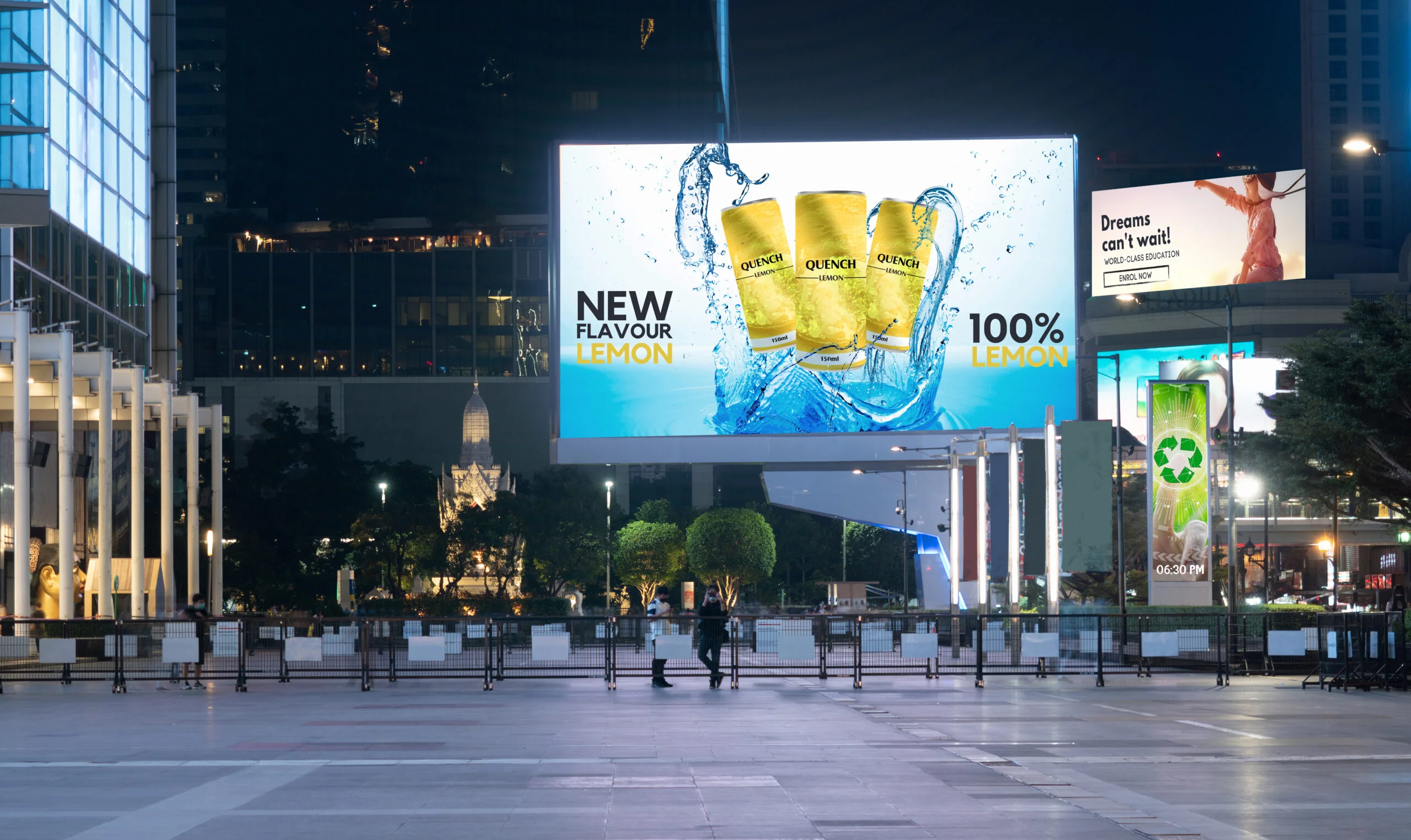

2. Improve Brand Awareness and Recall
One of the most important objectives of any business marketing strategy is to ensure top of mind recall. According to InfoTrends, digital signage can boost brand awareness by over 47%. Businesses can achieve better brand recall and recognition, too, by carrying their brand visuals and aesthetic into their digital signage content to deliver a lasting impression. Data from Arbitron shows that digital signage has up to an 83% recall rate, almost double that of traditional advertising.
3. Increase Sales
Increasing the bottom line is a key driver of marketing efforts for most businesses. 80% of brands that use digital signage have experienced a significant uptick in sales, some up to 33%. Many of these additional sales are incidental purchases spurred by on-the-spot decisions. In-store retail digital signage solutions including videowalls, commercial tablets and interactive screens are influential in driving purchases.
4. Promote New Products and Services
Digital signs are one of the most immediate and impactful ways to announce new products and services. The ability to showcase new offerings with enticing visuals and impressive video content can generate buzz and excitement. Further, it helps to amplify other campaign marketing efforts like traditional advertising and social media marketing. The possibilities are endless: a small clothing retailer may use digital displays to showcase an exclusive new collection, while a supermarket can advertise an introductory sale on a new brand offered in-store. Beyond retail, healthcare providers can advertise important new health services or vaccine availability, banks can showcase new financial services and quick service restaurants can drive buzz around new or limited-time menu items.
5. Create a Memorable and Modern Brand Experience
Today’s consumers expect increasingly digital experiences, whether while shopping, banking, dining out or carrying out other day-to-day tasks. Brands that do not adopt digital trends may be viewed as old-fashioned and less competent than their more digitally savvy counterparts. This can impact consumer trust in a brand, with those being viewed as more modern also being seen as more trustworthy. Digital signage is a key element of any modern customer experience and can be used to elevate the perception of your brand. Large, impressive interactive videowalls in a bank, for example, convey a sense of innovation and wonder, while interactive self-ordering kiosks in a quick service restaurant or retail store allow customers to interact with your brand in a way that echoes the e-commerce experience found online.
6. Reach and Engage Customers in New Ways
While consumers may be oversaturated by other forms of marketing and advertising, making them potentially less likely to respond, digital signage is one medium that is able to capture and sustain attention. According to Nielsen, 75% of consumers recall seeing a digital billboard in the last month. Businesses can capitalise on this advantage to capture attention and engage customers.
7. Deliver Flexible, Targeted Messaging
A key element of a successful marketing strategy is tailoring the message for your audience. Digital signage offers the flexibility to adapt and change content quickly and easily to best target your audience, and to spotlight varied content targeted to different personas and customer interests. For example, a medical practice may promote the importance of regular blood pressure checks for patients over 60 in one frame, and in the next highlight health services available to mothers of young babies.
Let Scala drive your marketing transformation
Scala’s innovative digital signage and marketing technology solutions empower brands across many industries all around the world to transform their marketing and elevate the customer experience. Find out more about Scala’s solutions for all industries here.
About the Author:
Esther Chew is the
